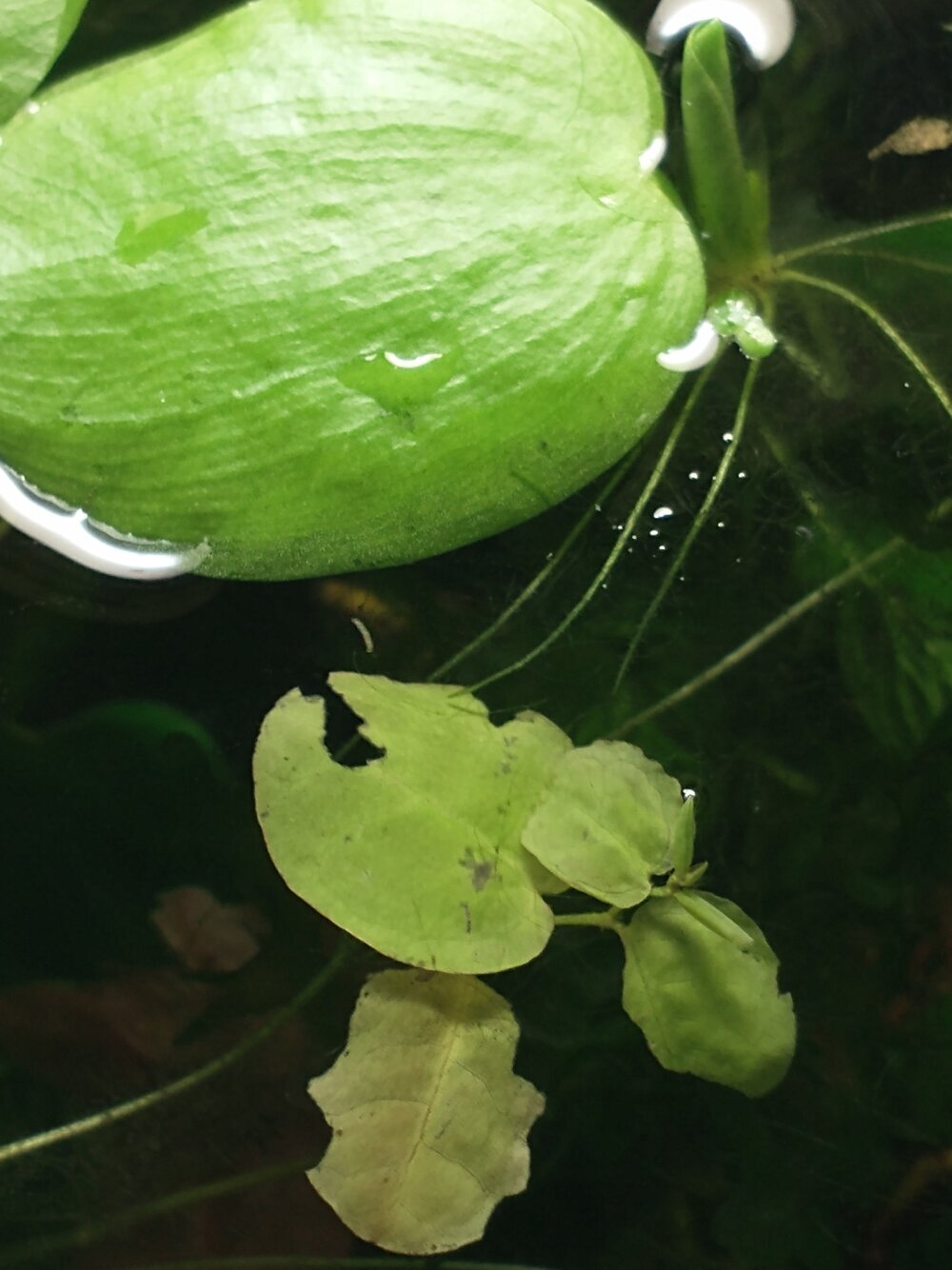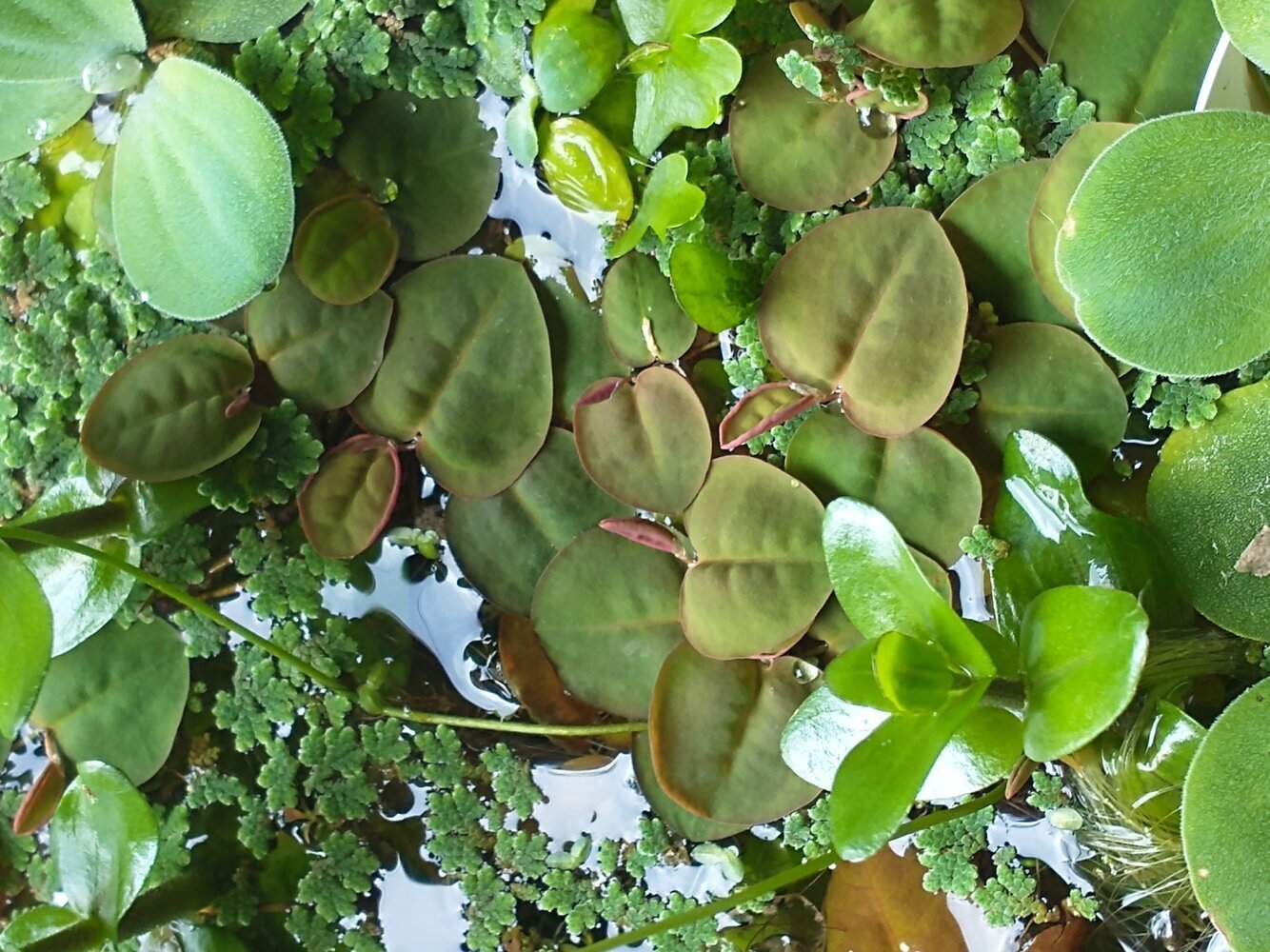Hi all,
Earlier in the year (May 2024) @simon_the_plant_nerd and @megwattscreative kindly supplied me with some Phyllanthus fluitans (Red root Floater) to experiment with and this is what happened.
Cheers Darrel
Earlier in the year (May 2024) @simon_the_plant_nerd and @megwattscreative kindly supplied me with some Phyllanthus fluitans (Red root Floater) to experiment with and this is what happened.
Cheers Darrel
Attachments
Last edited:






